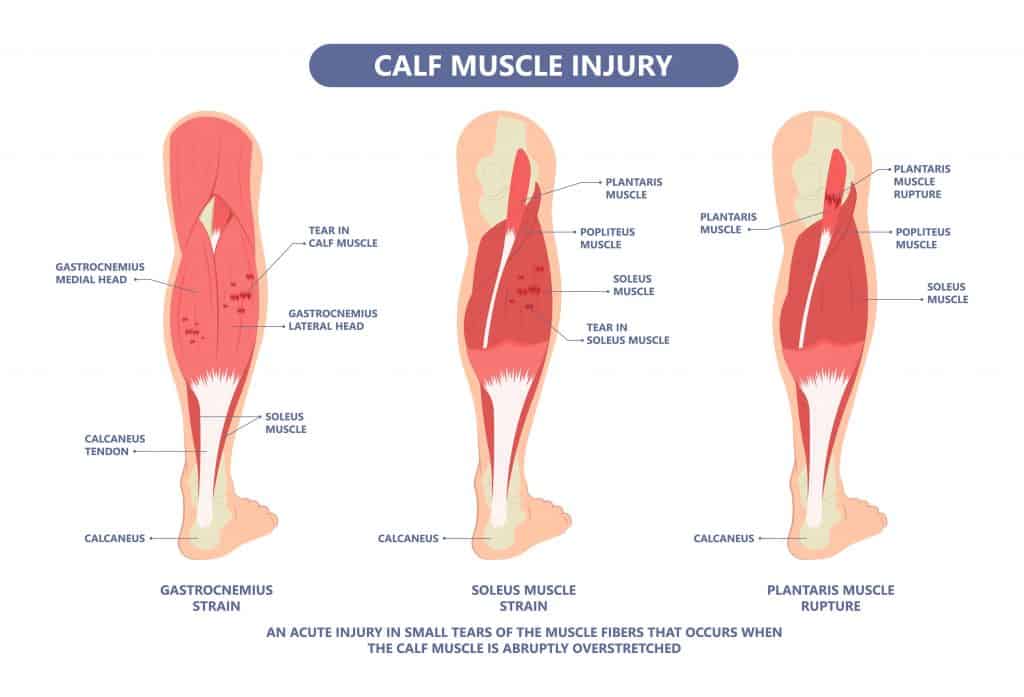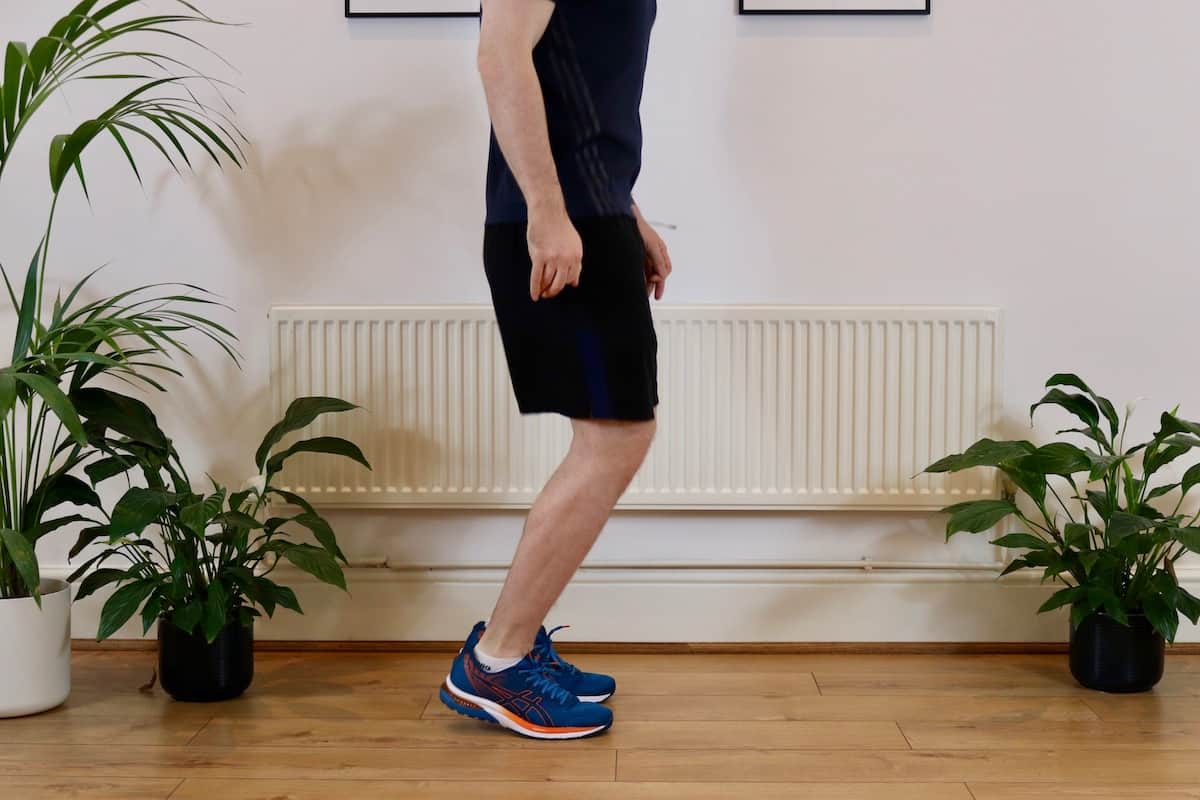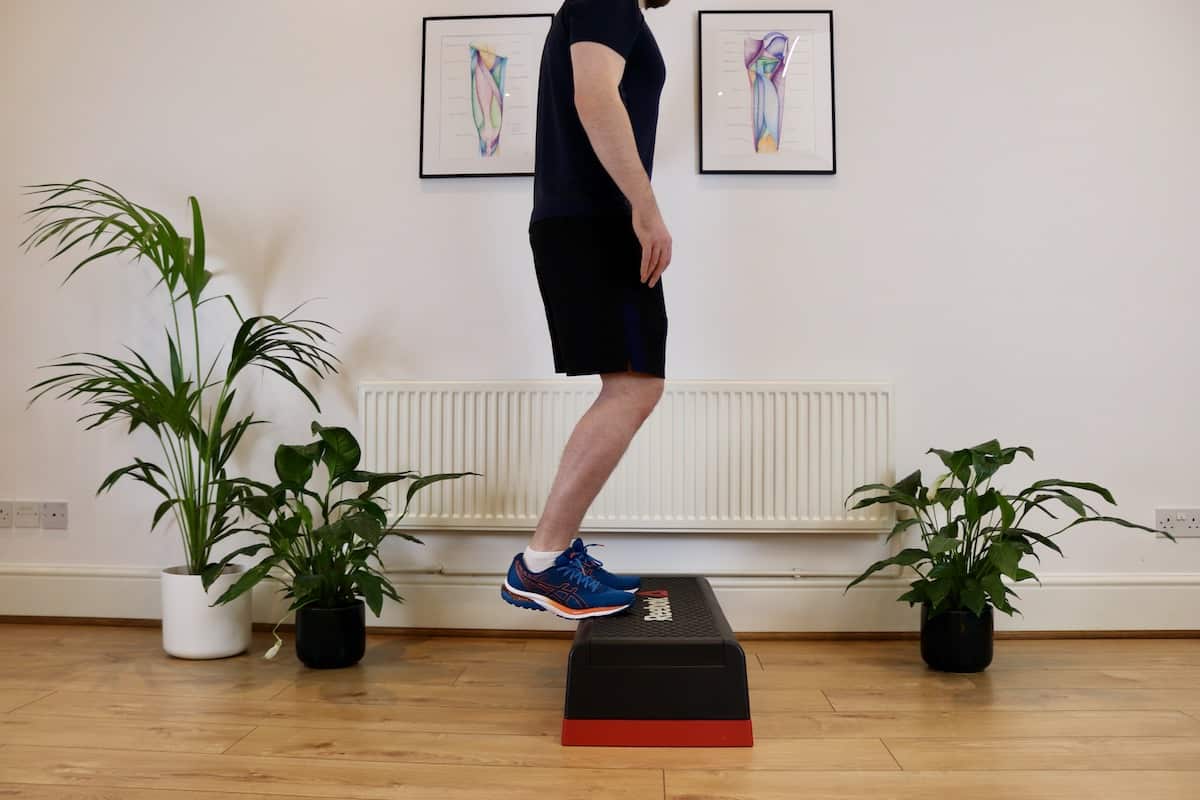Calf Muscle Pain
Read More >
The Soleus Muscle is a long, broad, and flat muscle and the back of the lower leg. It attaches to the upper aspect of the shin bones (Tibia and Fibula) before being connected to the heel bone via the Achilles tendon. The action of the soleus muscle when contracting is to point the foot downwards (plantarflexion) but it also acts as a key stabiliser of the ankle while playing a role in controlling pronation forces. Injury to this area can cause soleus muscle pain.
A soleus muscle tear is often the result of a sudden overload and repetitive overuse. In an acute overload incident there is usually a mechanism of injury such as a sprint or stepping off the curb with a suddon onset of pain. This level of pain is not as high as other muscles such as the Gastrocnemius and people can often continue with the activity.
In repetitive overuse injuries, pain often builds with activity and progressively worsens until stopping due to the intensity of pain. Despite continued rest, the same pattern tends to occur with impact activity.
When a muscle is not as strong as it could be, it can fatigue and become tight. It is quite common for runners to comment on having tight calves. This can be the result of the high forces that are placed on the soleus muscle when running which can be 5-7 times your body weight. The volume of this force can be influenced by speed and biomechanics but if a runner’s soleus does not have the sufficient capacity to tolerate these loads it can lead to consistent tightening.
Cramping is the result of high levels of lactic acid in a muscle. As a muscle becomes fatigued, less oxygen gets to the area and it builds up lactic, leading to a soleus muscle cramp. This can be counteracted by increasing the strength of the calf muscle.

Differential diagnosis can be clinically identified by a Physical Therapist through a careful clinical interview followed by a clinical assessment. This may involve a knee to wall test, hopping test, strength capacity testing, and palpation of the soleus muscle.
In some instances, a Soleus MRI may be required to identify the grading and location of soleus muscle tear as this can influence healing times. A soleus tear is too deep to be picked up on an ultrasound and an x-ray is unable to detect a soleus muscle tear.
Treatment with a Physical Therapist is recommended for Soleus Muscle Pain. This may involve soft tissue massage and trigger point therapy to help alleviate the symptoms and make the tissue more mobility,
A gait analysis may be carried out to establish if there is an overload of the soleus muscle biomechanically
This is normally followed by a thorough strengthening program.


Soleus muscle pain is one of the calf muscle’s most common sources of muscular pain. They can be challenging to diagnose as it’s not common to have a sudden large tear when running; therefore, the symptoms can feel more similar to calf tightness.
It is expected that the onset of the sensation of calf tightness occurs quicker when running if you do not rest on it and can eventually turn into pain.
These injuries usually are prolonged to heal due to a poor blood supply.
It is hard to clinically diagnose as the Soleus muscle sits deep within the calf complex so it is difficult to palpate, and an MRI scan best identifies it.
Treatment involves a reduction in running and soleus strengthening exercises.
This is not medical advice and we recommend a consultation with a medical professional such as James McCormack to achieve a diagnosis. He offers Online Physiotherapy Appointments for £45.